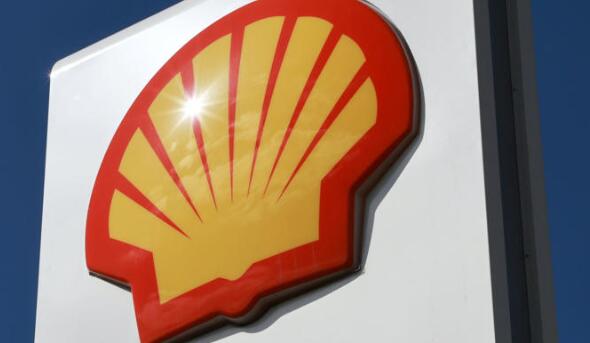Shell is increasing shareholder payouts and doubling down on its liquefied natural gas (LNG) ambitions, while cutting capital spending and ramping up cost reductions through 2028. The move comes ahead of its Capital Markets Day and signals a sharpened focus on financial efficiency and energy leadership.

Global energy giant Shell is shifting gears with a bold new strategy aimed at rewarding shareholders and solidifying its dominance in the liquefied natural gas (LNG) market. In a Tuesday announcement ahead of its Capital Markets Day 2025, the British oil major revealed a slate of updated financial targets and operational plans that signal both fiscal discipline and aggressive growth in key sectors.
Boosting Shareholder Distributions
Shell plans to increase shareholder returns to 40–50% of operating cash flow, up from the previous 30–40% range. The company will continue offering progressive dividends, targeting a 4% annual increase, while aiming to grow free cash flow per share by more than 10% per year through 2030.
A recent 4% dividend hike and a $3.5 billion share buyback program already showed Shell’s renewed focus on capital returns. Now, the company is taking it further by aligning its long-term strategy more closely with investor expectations.
Cutting Costs and Capex
Shell is also tightening its belt. Annual capital spending will be reduced to $20–22 billion through 2028, down from the $22–25 billion guidance range for 2024 and 2025. Structural cost reduction targets have been revised as well—Shell now aims to cut $5–7 billion in cumulative costs by the end of 2028, up from the previous $2–3 billion target by the end of 2024.
This strategic trimming is designed to sharpen operational efficiency while preserving the company’s ability to invest in its highest-performing assets.
Doubling Down on LNG and Upstream Growth
Shell’s renewed focus on LNG is front and center. Already the world’s largest trader of liquefied natural gas, the company intends to boost LNG sales by 4–5% annually through 2030. At the same time, combined output from upstream and integrated gas operations is expected to grow by 1% each year.
Meanwhile, liquids production will remain steady at 1.4 million barrels per day through the end of the decade, ensuring a stable base for its diversified energy portfolio.
Low-Carbon Investments Still in Play
Although hydrocarbons remain a priority, Shell has pledged that 10% of its capital expenditures will go toward low-carbon initiatives by 2030. While relatively modest, this allocation reflects the company’s intention to participate in the energy transition without compromising profitability.
CEO’s Vision: Focused Growth with Higher Returns
“We want to become the world’s leading integrated gas and LNG business and the most customer-focused energy marketer and trader,” CEO Wael Sawan said. “Today we are raising the bar across our key financial targets, investing where we have competitive strengths, and delivering more for our shareholders.”
Shell’s updated guidance arrives amid growing pressure on European energy companies to enhance returns in line with their U.S. counterparts—particularly under a Trump-led White House, which has promoted a renewed push for fossil fuel dominance.
Despite a drop in annual profits to $23.72 billion in 2024, Shell has continued to outperform its European peers, with its stock up 11.3% year-to-date. Analysts at RBC described the latest updates as “more evolution than revolution,” noting that the refined strategy includes better-than-expected cost controls and capital spending cuts—both of which are likely to please investors.